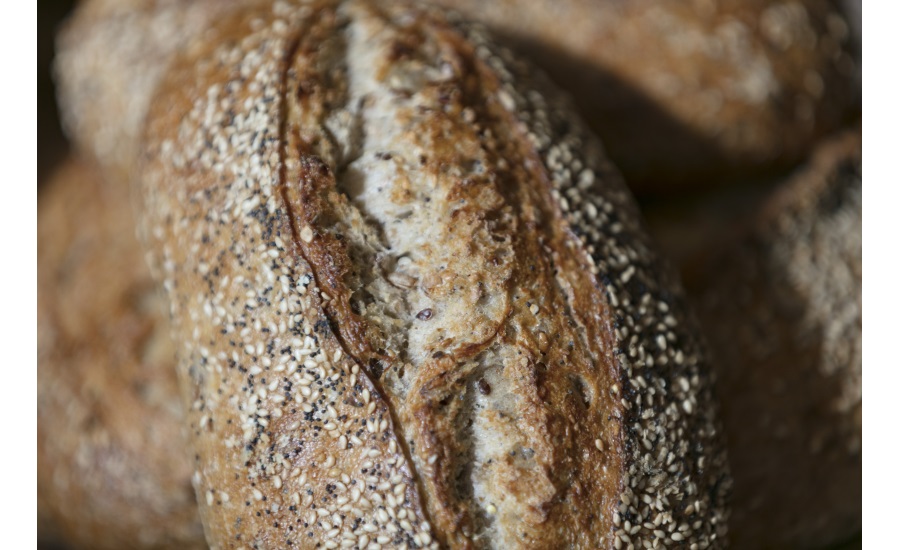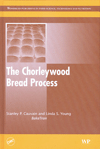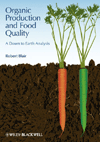Snack Food & Wholesale Bakery was recently able to talk to Jonathan Davis, SVP of innovation, La Brea Bakery, Los Angeles, about upcoming bakery trends for 2020.
Liz Parker: What do you foresee being some major bakery trends in 2020?
Jonathan Davis: 2020 will be the year of experimentation in the bakery industry. From new flavors, ingredients and techniques, bakers will use this year to become more adventurous and break traditional boundaries within the baking space. After a few years of being perceived as a “bad-for-you” food, 2020 is shaping up to be the year bread is back for good—with new ingredients and baking techniques, bread will reintroduce itself as a nutritious, hearty food.
LP: What about unique ingredients, alternative flours, or new baking methods?
JD: In order to appeal to consumers with food sensitivities, bakers have begun experimenting with alternative flours and ingredients. In 2020, popular alternative flours I anticipate will trend include banana flour, coconut flour, spelt flour and heritage flour. Banana flour and coconut flour have both gained popularity due to their gluten-free, low carb qualities, so these alternative flours will introduce new flavors and textures to the bread scene. Heritage flour, made from heritage grains, is packed with nutrients, extremely favorable and easily digestible, making it a rising favorite amongst consumers. At La Brea Bakery, we have been experimenting with pea tendril flour, which has been utilized by health-conscious consumers for medicinal reasons for years. Our experimentation has resulted in a range of blue-hued loaves, further proving the ability of these ingredients to drastically alter the visual appearance of bread. While these aren’t on the market yet, the La Brea Bakery team is excited about what our experiments have produced and hope to introduce some new flavors in 2020.
LP: How will ancient grains play a part in 2020 trends? What about vegetable/fruit flours, vegetable juices, etc?
JD: Ancient grains will continue be popular, but I think we’ll see the most growth is in sprouted grains and heritage grains. Sprouted grains and seeds will also be utilized by bakers to appeal to consumers who are looking for easily digestible, nutrient dense ingredients. Sprouted grains are especially intriguing to bakers since they can experiment with “sprouting” a wide range of grains—like sprouted wheat and quinoa. We’ve seen firsthand at La Brea Bakery [that] the health and flavor profiles of sprouted grains resonate very well with consumers. Our Sprouted Wheat Loaf is a hearty, flavorful loaf made with sprouted whole wheat flour, grains and seeds and is a favorite among our customers.
To further experiment, bakers have begun to swap out water for vegetable juices when baking bread. Popular juices include beet juice, carrot juice and ginger juice. Not only does this introduce an opportunity for added health benefits, but also to diversify the bread’s flavor profile. Also, depending on which juice is incorporated, the finished product will display a unique and unexpected color. We’ve been working with beet juice and carrot juice and have seen amazing results thus far from both a visual and flavor perspective.
LP: What new spices will trend in 2020?
JD: The incorporation of medicinal spices will continue to gain popularity over the next year—the bakers at La Brea Bakery have been using spices like turmeric and smoked paprika, so I anticipate bakers will look to include a range of unique, medicinal spices to flavor and enhance their baked goods. Not only will these spices appeal to the consumer looking for a unique flavor profile, but also to health-conscious consumers. Aside from altering the overall color and flavor of baked goods, using spices in breads will introduce a range of new health benefits.
LP: How will the trends in 2020 differ from those of 2019?
JD: I don’t think we’ll see many of the 2019 trends—like the rise in popularity of sourdough—go away this year, but I do think 2020 will be a year when consumers will reevaluate what constitutes “healthy." With a rise in gluten sensitivity over the past few years, many consumers found the need to avoid gluten entirely; in 2020, with the rise of alternative flours and ingredients, we will see some consumers tailor their diets to re-incorporate foods like sourdough bread and sprouted grains.
Similarly, with the introduction of new alternative flours, bakers will be able to produce a wider range of options for consumers. Breads made with spelt flour, for example, will provide consumers with similar digestive and health benefits as traditional gluten-free bread options. As bread options expand, consumer opinion of bread will continue to evolve in 2020.








